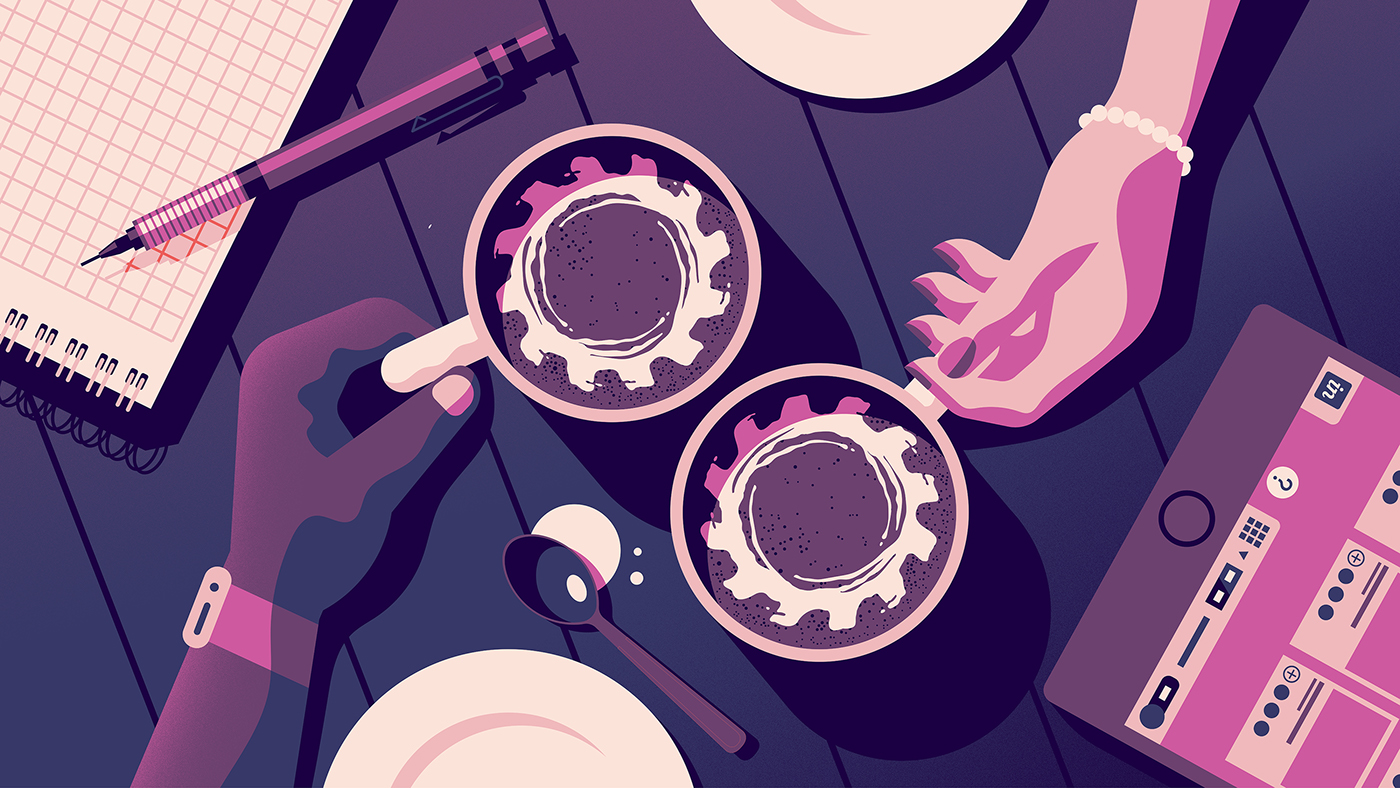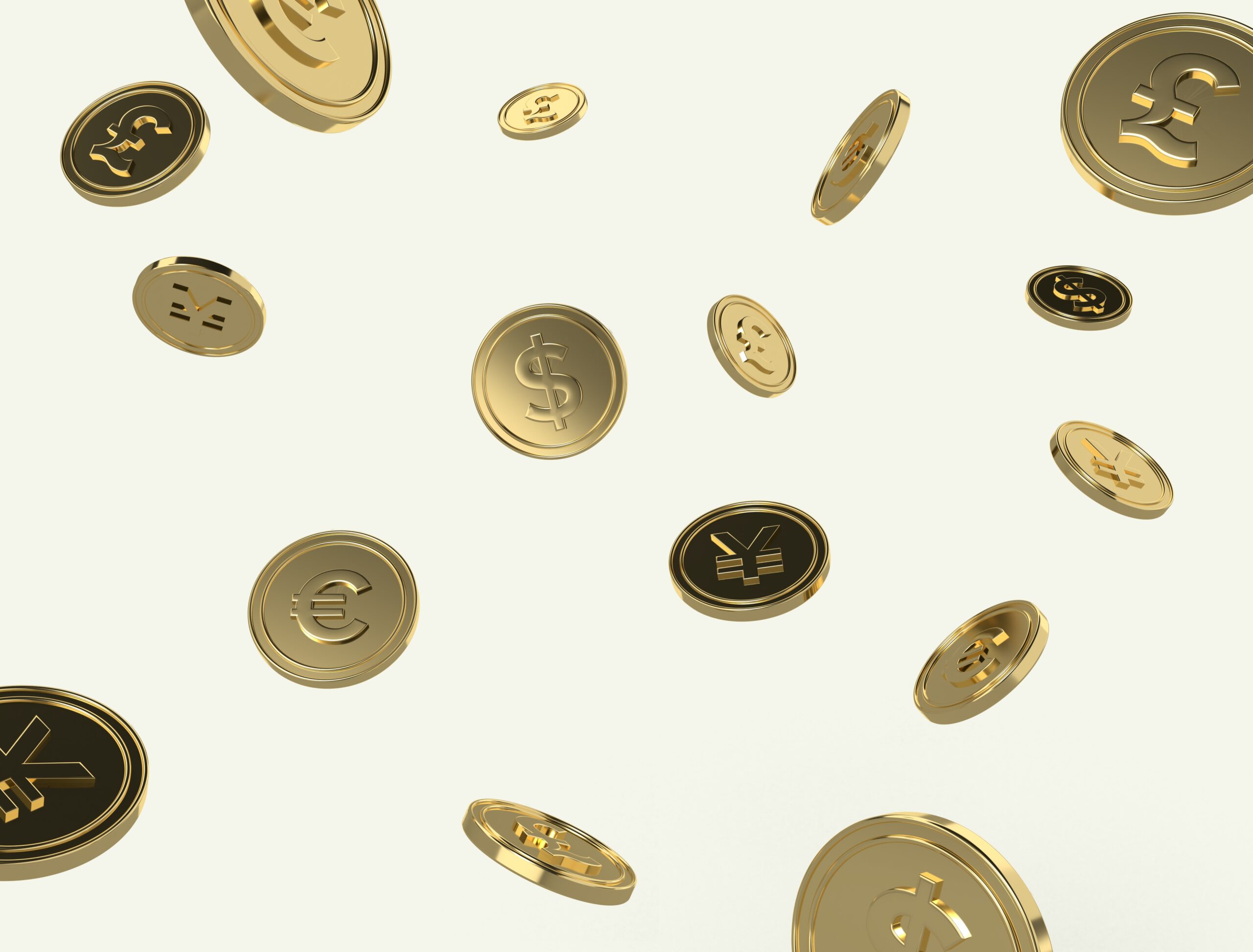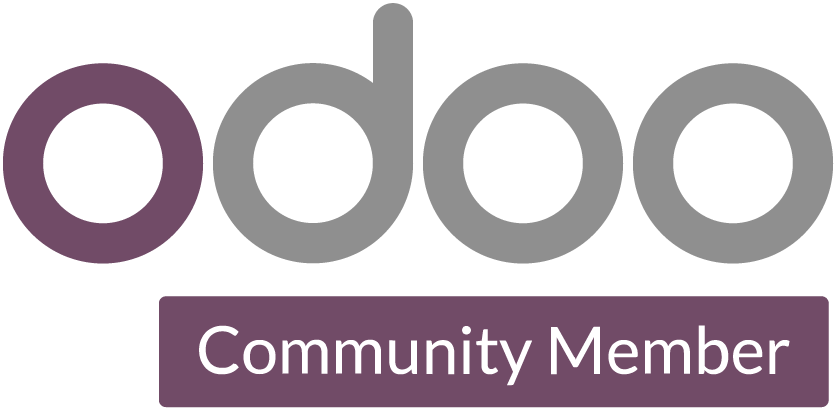In the fast-paced world of design, effective leadership plays a crucial role in the success of teams. Design leaders must not only manage tasks but also cultivate an environment that encourages growth, collaboration, and innovation. This handbook shows various strategies that design leaders can implement to enhance team productivity, provide constructive feedback, and recognize employee achievements.
Understanding the Role of a Design Leader
The Importance of Leadership in Design
Design leadership is about more than just overseeing projects; it involves creating a culture where creativity and productivity can flourish. A good design leader serves as a mentor, guiding team members in their professional development while also protecting their well-being.
Servant Leadership in Design
Servant leadership is a philosophy that emphasizes the importance of serving the team. By focusing on the needs of team members, design leaders can foster a supportive environment that encourages collaboration and innovation.
Tools for Enhancing Team Productivity
Utilizing Tools Like 15five
One effective way to keep teams productive is by leveraging tools like 15five. This platform allows team members to provide updates and feedback ahead of meetings, making discussions more focused and efficient.
The Benefits of Regular Check-ins
Regular check-ins, through short surveys or one-on-one meetings, can greatly enhance team communication. These interactions help leaders understand team members’ challenges and successes, allowing for timely support and guidance.
Providing Constructive Feedback
The Art of Giving Feedback
Effective managers understand the importance of constructive feedback. When providing feedback, it’s essential to focus on specific behaviors or actions rather than personal characteristics. Here are some key points to consider:
- Be Clear and Objective: Use straightforward language to convey your message.
- Provide Examples: Support your feedback with concrete examples to illustrate your points.
- Balance Positive and Negative Feedback: Highlight achievements while also addressing areas for improvement.
Creating a Feedback Culture
Establishing a culture where feedback is welcomed and encouraged can lead to continuous improvement and development within the team.
Recognizing and Rewarding Team Achievements
The Importance of Recognition
Recognizing and rewarding team members for their hard work is vital for morale and motivation. Celebrating wins, no matter how small, can boost overall team satisfaction and commitment.
Strategies for Celebrating Success
- Acknowledge Efforts: Make it a habit to publicly recognize individual and team achievements.
- Celebrate Milestones: Take the time to celebrate significant milestones and project completions without falling into the trap of criticism during celebrations.
Building Strong Relationships within the Team
Fostering Rapport
Building rapport among team members is essential for a cohesive work environment. Design leaders should encourage open communication and trust, leading to stronger collaboration.
Educating the Company About Design
Educating stakeholders and other departments about the design process can enhance understanding and collaboration. By sharing knowledge, design leaders can foster a culture that values design thinking.
Crafting a Compelling Design Vision
The Role of Vision in Design Leadership
A clear and compelling design vision serves as a guiding light for the team. Design leaders should articulate this vision effectively to inspire team members and align their efforts.
The Power of Storytelling
Storytelling is a powerful tool in conveying the “why” behind a project. By involving stakeholders in the design process, leaders can create a shared understanding and commitment to the project goals.
Setting Goals for Team Members
The Significance of Goal Setting
Setting both short-term and long-term goals for team members is crucial for maintaining focus and direction. Clear goals provide a roadmap for success and help team members measure their progress.
Strategies for Effective Goal Setting
- SMART Goals: Encourage team members to set Specific, Measurable, Achievable, Relevant, and Time-bound goals.
- Regular Review: Schedule regular check-ins to assess progress and adjust goals as necessary.
Managing a UX Team Effectively
Identifying Management Roles
Effective management is essential for the success of a UX team. Design leaders should identify individuals with the right skills and mindset for management roles, ensuring they can guide and support their peers effectively.
Resolving Conflicts
Conflict resolution is a critical skill for any leader. Design leaders should approach conflicts with a focus on collaboration and understanding, fostering an environment where team members feel safe to express their concerns.
**
Effective design leadership involves a combination of strategies aimed at enhancing team productivity, providing constructive feedback, recognizing achievements, and fostering a positive work culture. By utilizing tools like 15five, setting clear goals, and focusing on the development of team members, design leaders can build exceptional teams that deliver outstanding results. Embrace these principles to lead your design team to success.





















